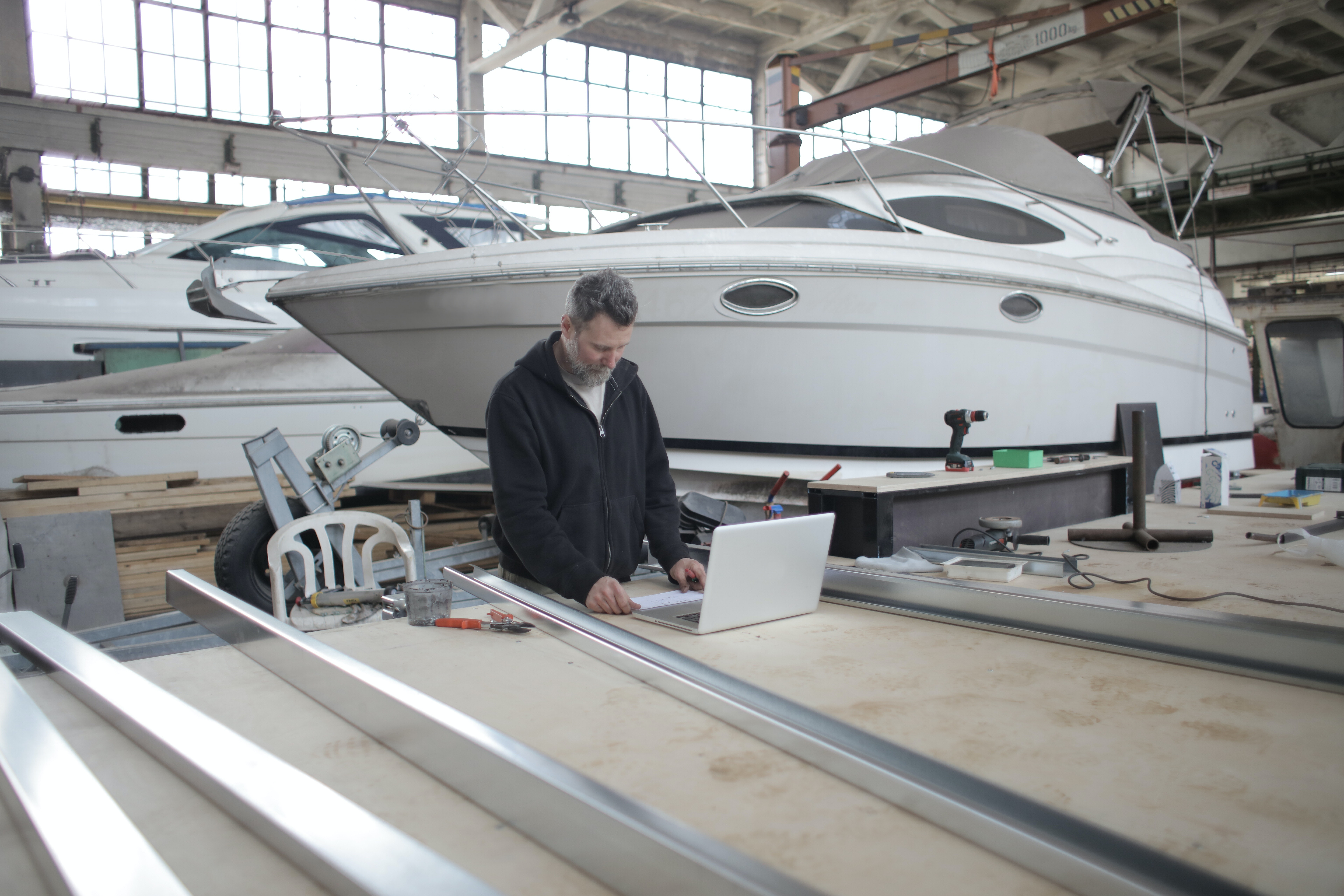You may be familiar with the acronyms NAMS and SAMS, as they are frequently referenced by boat insurance providers like us. But what exactly do these organizations do, and why should you care? Let's break it down!
What are NAMS and SAMS Marine Surveyors?
In a nutshell, The National Association of Marine Surveyors (NAMS) and the Society of Accredited Marine Surveyors (SAMS) are professional organizations that certify marine surveyors. Think of them as the gold standard for quality and expertise in the marine surveyor field.
Their members undergo rigorous training and testing to ensure that they can properly assess a boat's condition and value. They're typically experts in a range of marine-related topics, such as hull construction, propulsion systems, electrical systems, safety equipment, and more.
The Benefits of Working with a NAMS or SAMS-Accredited Surveyor
Working with a NAMS or SAMS-accredited marine surveyor has many advantages. For starters, they can help ensure your boat is safe and seaworthy. They can also provide in-depth information about the boat's condition, which can be useful for insurance purposes and when making important decisions about repairs or upgrades.
Let’s take a closer look at the key benefits of working with a certified surveyor:
1. Safety
Safety is perhaps the most crucial reason to have a survey done on your vessel. NAMS-certified and SAMS-accredited surveyors have the expertise to identify potential issues and recommend appropriate solutions. Plus, their reports can help ensure compliance with any applicable regulations and standards.
» MORE: USCG Requirements for Recreational Vessels
2. Insurance Compliance
A NAMS or SAMS surveyor can help you get the most accurate information about the condition of your vessel. A qualified surveyor's report may also be required to secure insurance on your vessel and obtaining one with the proper credentials will streamline the process and reduce surprises down the road.
3. Resale Value
Buyers want to know what they're getting into, and a detailed report from a trusted source can go a long way in building confidence. You can use the surveyor’s report to establish a fair price and support the value of your boat.
4. Long-Term Savings
While it may seem like an added expense, a survey can actually save you money in the long run. By identifying potential issues and needed repairs, you can address them before they become more expensive problems. Plus, having a professional assessment can help you avoid paying for any unnecessary repairs.
Types of Marine Surveys
Condition and Valuation Survey
A condition and valuation survey is a comprehensive survey of a boat's condition, often done as part of a pre-purchase inspection. The surveyor will test the boat's systems and equipment, both on land and in the water. It's important to note that marine surveyors may not be not qualified engine surveyors, and further inspection by a specialist may be needed in some cases.
The final report will provide an overview of the boat's condition, including any necessary repairs or improvements. This is important information for buyers and may also be needed for insurance or financing purposes.
Damage Inspection
Damage inspections are conducted after an incident like a collision, grounding, or severe weather has caused significant damage to a vessel. The surveyor will assess the cause and extent of the damage, then work with repair shops and boatyards to provide cost estimates and repair recommendations. This is a crucial step in getting a vessel back to seaworthy condition.
Appraisal
An appraisal is a professional assessment of the boat's fair market value. This value is based on a number of factors, including the age and condition of the boat, as well as the local market and economy. It can be used to establish valuation for insurance, financing and other purposes.
Sea Trial
A sea trial is an in-water test of the vessel's performance and handling. It allows the surveyor to observe the boat's systems and machinery in action, under real-world conditions. This helps assess the overall seaworthiness of the vessel and can identify any potential issues that may not be apparent while the boat is ashore.

